Chaeun Lee
Enhancing Generalization in Data-free Quantization via Mixup-class Prompting
Jul 29, 2025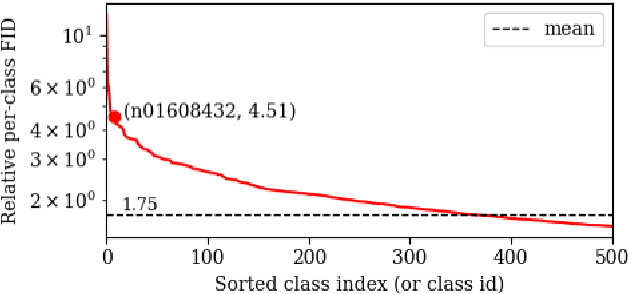
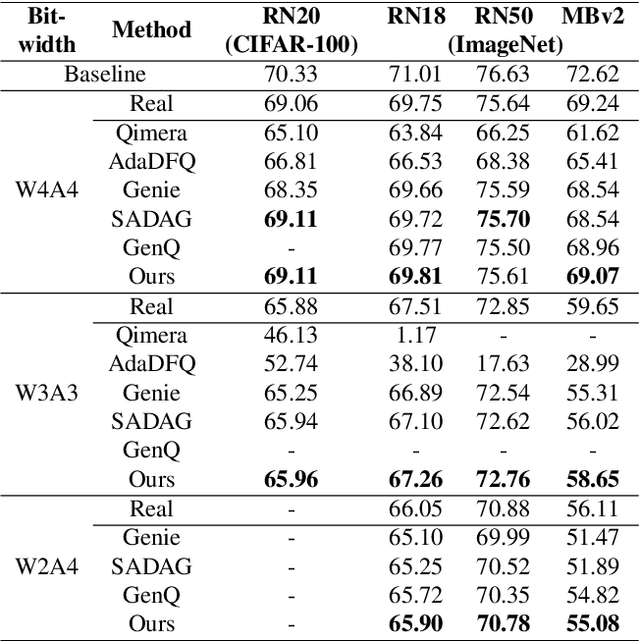

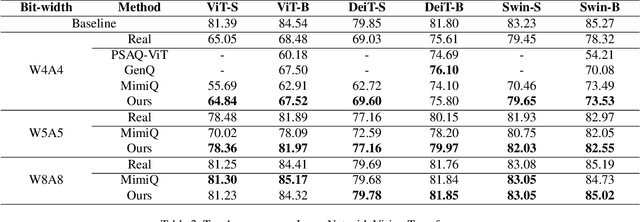
Abstract:Post-training quantization (PTQ) improves efficiency but struggles with limited calibration data, especially under privacy constraints. Data-free quantization (DFQ) mitigates this by generating synthetic images using generative models such as generative adversarial networks (GANs) and text-conditioned latent diffusion models (LDMs), while applying existing PTQ algorithms. However, the relationship between generated synthetic images and the generalizability of the quantized model during PTQ remains underexplored. Without investigating this relationship, synthetic images generated by previous prompt engineering methods based on single-class prompts suffer from issues such as polysemy, leading to performance degradation. We propose \textbf{mixup-class prompt}, a mixup-based text prompting strategy that fuses multiple class labels at the text prompt level to generate diverse, robust synthetic data. This approach enhances generalization, and improves optimization stability in PTQ. We provide quantitative insights through gradient norm and generalization error analysis. Experiments on convolutional neural networks (CNNs) and vision transformers (ViTs) show that our method consistently outperforms state-of-the-art DFQ methods like GenQ. Furthermore, it pushes the performance boundary in extremely low-bit scenarios, achieving new state-of-the-art accuracy in challenging 2-bit weight, 4-bit activation (W2A4) quantization.
SEMULATOR: Emulating the Dynamics of Crossbar Array-based Analog Neural System with Regression Neural Networks
Jan 19, 2021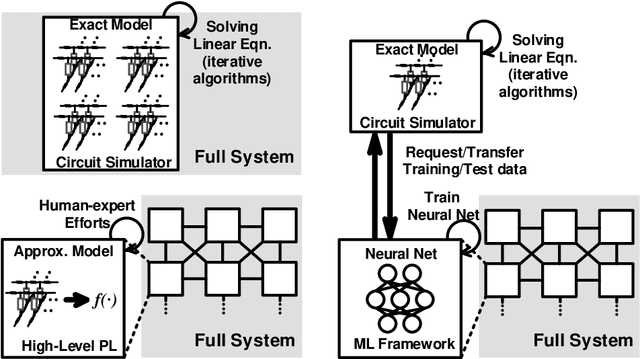
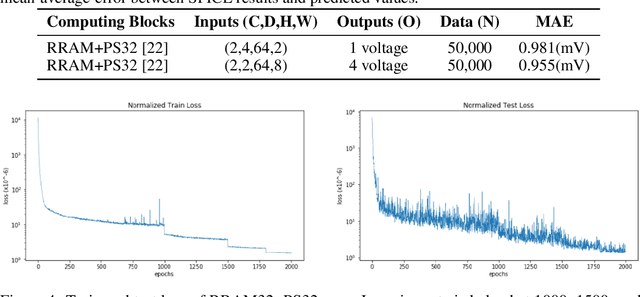
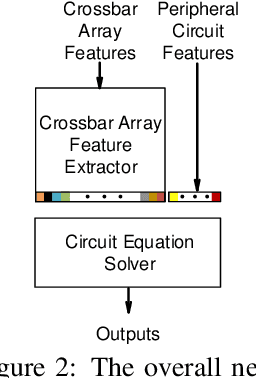
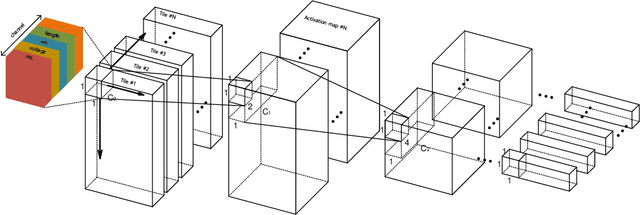
Abstract:As deep neural networks require tremendous amount of computation and memory, analog computing with emerging memory devices is a promising alternative to digital computing for edge devices. However, because of the increasing simulation time for analog computing system, it has not been explored. To overcome this issue, analytically approximated simulators are developed, but these models are inaccurate and narrow down the options for peripheral circuits for multiply-accumulate operation (MAC). In this sense, we propose a methodology, SEMULATOR (SiMULATOR by Emulating the analog computing block) which uses a deep neural network to emulate the behavior of crossbar-based analog computing system. With the proposed neural architecture, we experimentally and theoretically shows that it emulates a MAC unit for neural computation. In addition, the simulation time is incomparably reduced when it compared to the circuit simulators such as SPICE.
 Add to Chrome
Add to Chrome Add to Firefox
Add to Firefox Add to Edge
Add to Edge